This post may contain affiliate links. See my disclosure policy.
Although basmati rice and jasmine rice are often used interchangeably, there are several key differences to consider next time you reach for this popular side dish. Continue reading to learn more about Basmati Rice vs. Jasmine Rice: What’s the Difference?
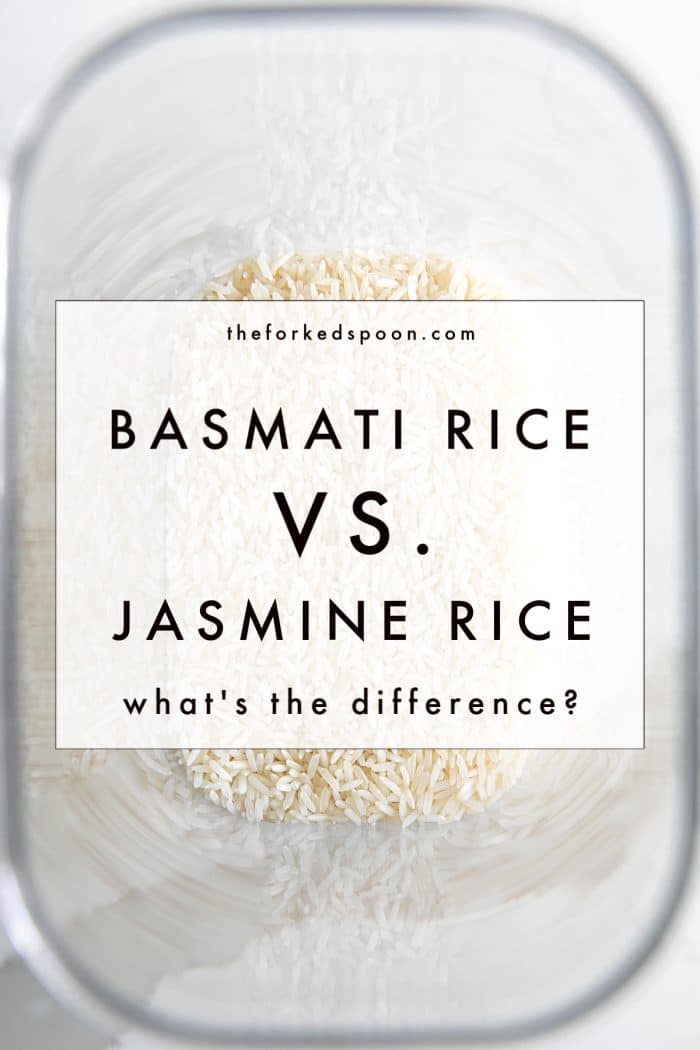
Can you think of a food more widely loved across the world than rice? It is regarded by many as the most versatile, adaptable, and historically significant agricultural product of all time. Rice is more than a dietary staple for cultures, both ancient and modern – it is the nourishing lifeforce responsible for building and sustaining the great civilizations of the world!
Known in the scientific community as Oryza Sativa, cultivated rice has more than 40,000 varietals found in nearly every corner of the earth, according to the United Kingdom’s Rice Association. That means it would take almost 110 YEARS to try them all if you had a different type every night for dinner! Kudos to anyone committed enough to their love of rice to take on that challenge.
You could spend a literal lifetime trying every type of rice, but today we’re zooming in on two of the biggest varietals out there: Basmati vs. Jasmine Rice. Let’s have a look at the history of these two rice types, compare their characteristics, and pinpoint the best recipes for each one!
RELATED >> Different Types of Rice: Varieties and What to Do With Them
History
Nobody can provide an exact birth-date of Basmati or Jasmine rice, as an exact historical record doesn’t exist to our knowledge. But we can say with way more certainty where each type of rice originates and the roles they played in commerce and trade over time.
Basmati, to begin, has been cultivated in the Northern Regions of India and Pakistan for centuries, and this part of the world still produces over 70% of the product today. Basmati masters claim that many of the “knockoff” varietals found in the United States cannot be considered legit. Keep it authentic!
Derived from the Sanskrit word for “fragrant one,” Basmati remains among the pricier rice types in the entire world, due to the sensitivity of the crop and the importance of keeping heirloom grains distinct.
The long-grain rice, thin, and tender grains are worth every penny, as evidenced by huge sales worldwide. If you want top-shelf rice, you’ve got to go with Basmati every time.
Jasmine, on the other hand, is slightly less in demand, with lower prices and bigger annual production compared to Basmati. Cultivated in humid Southeast Asian countries such as Thailand, Vietnam, and Cambodia, Jasmine rice is considered best when freshly harvested. A new crop is always better!
The history of Basmati vs. Jasmine rice is not so much competition, but rather a side-by-side evolution, in which varying regional landscapes and agricultural techniques have yielded distinct results.
Science
Categorized by rice experts as “aromatics,” both Basmati and Jasmine rice contain a unique compound known as 2-acetyl-1-pyrroline, shortened to 2AP. It wasn’t until 1983 that the Journal of Agricultural and Food Chemistry confirmed the presence of this magical aromatic material.
When aromatic rice is cooked, 2AP evaporates, and that classic popcorn-like fragrance starts flowing! Anyone who loves to attend Thai or Indian restaurants can attest to this enchanting atmosphere.
If we look at the economics of Basmati vs. Jasmine rice, the Indian grain comes out on top due to the higher standards of cultivation and greater global demand. According to the finance experts at the Penny Hoarder, Basmati can cost up to twice as much per ounce, compared to Jasmine.
The exclusivity factor definitely plays a role in pricing, but both types will provide cooks with the fluffy and fragrant starches they need to lay down a base for their dishes.
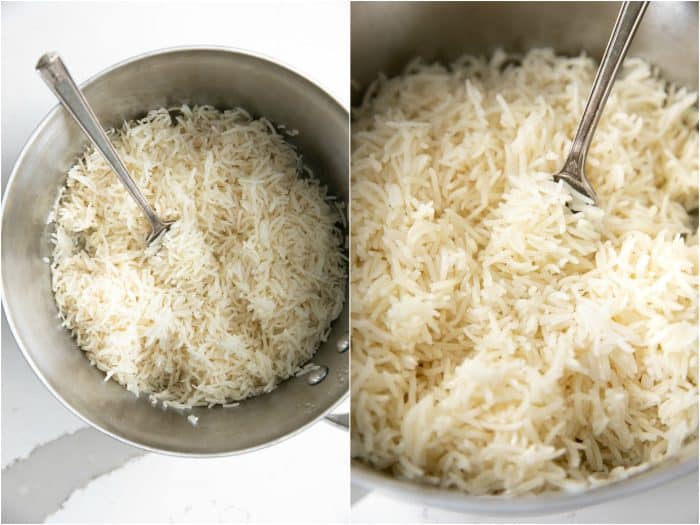
Nutrition
How much of a difference can there really be when it comes to the nutritional value of rice? Well, given the advances in food science in the past few decades, there’s a lot to consider!
Remember, both Basmati and Jasmine can be found as brown rice, which generally has greater nutritional value. Because brown rice is a whole grain containing bran and germ, it is slower to digest and packs more of a punch with various micronutrients.
This article over Healthline dives into the nutritional details of brown vs. white rice if you want to get nerdy with vitamin and mineral levels. You’ll see that in most categories, brown rice has nearly DOUBLE the amount of nutritional value than its white counterpart.
For our purposes, however, we’re only going to look at the processed versions of Basmati vs. Jasmine rice, because that’s what most culinary creators will be grabbing off the shelf.
Here are the macronutrients you need to know.
Basmati Rice, 1 Cup (Cooked)
- 190 calories
- 40 grams of carbs
- .6 grams of fat
- 5.6 grams of protein
Jasmine Rice, 1 Cup (Cooked)
- 238 calories
- 45 grams of carbs
- 3.5 grams of fat
- 5.3 grams of protein
Basmati rice is a bit leaner and mean, and probably the better pick for calorie counters.
It’s not all about macros, however. The Glycemic index also must be taken into consideration. Basmati has a MUCH lower GI than Jasmine rice (58 compared to 109), meaning it digests slower and releases sugar into the bloodstream less rapidly. Focusing on foods with low GI is key to dropping unwanted pounds.
In general, stickier and sweeter rice will be more fattening, because it more closely resembles simple sugars in its molecular structure. Longer, thinner, and more grainy rice varietals will tend to have a lower GI and help you feel full faster, ideal for making that diet less painful.
Pilaf, brown basmati, brown jasmine rice, and so on. The list goes on! One more thing to keep in mind is that everyone’s body will react differently to each type of rice, so there’s no one-size-fits-all answer to which is the healthiest. Try them all and see how you feel!
RELATED: How to Cook Jasmine Rice and How to Cook Basmati Rice
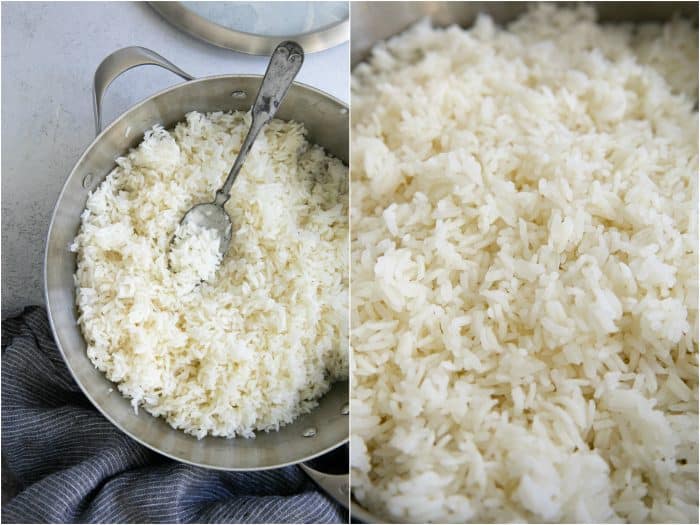
Recipes
Let’s be real here; rice is not meant to play a leading role in any meal. It performs much better as a supporting cast member alongside meat, vegetables, sauces, and spices. It wouldn’t be a proper comparison of Basmati vs. Jasmine rice without talking about the tasty recipes they star in!
Featured heavily in Indian cuisine, Basmati rice plays best with tender proteins and savory sauces that saturate the rice and enhance the natural nutty flavor of the grain.
Chicken and lamb biryani are dishes that spring to mind when we think about Basmati specialties. If you’re looking for an excuse to pack your pantry with a ton of new spices and powders, this recipe is it. Be on the lookout for garam masala, turmeric, garlic paste, star anise, and mace, just to name a few!
If you want to keep things vegetarian, have a look at our recipe for Basmati Rice with Fresh Herbs and Caramelized Onions. It requires less than ten ingredients you probably have lying around anyways! This recipe can also be accomplished vegan style by using olive oil instead of butter or ghee.
The Basmati love doesn’t have to stop after the main course, either. Try giving Kheer a try, and serve up a simple Indian dessert featuring rose water, clarified butter, cardamom, and Basmati. Play your card right, and you and use this famous grain in every course!
Jasmine rice can be just as versatile and even holds up in soups and stews due to its heartier structure. One of our favorite one-pot recipes features Chicken, Kale and Artichoke Hearts, and Jasmine rice makes a great addition.
Since Jasmine rice is a bit more starchy and satiating, we recommend pairing it with seafood and vegetables rather than bigger proteins like red meat or pork. For example, this Pineapple Coconut Thai Fish Curry, a delicious one-pot curry recipe made with coconut milk and fresh fish.
You can take Jasmine rice in any direction. Crank up the heat with Thai spices or cool things down with coconut milk and a sprinkle of sugar. Stick to traditional dishes or try something out of the left-field! From exotic ginger soy sauce to cheesy comfort-food casseroles, the only limit is your own imagination.
Conclusion
The differences between Basmati vs. Jasmine rice are more than minor. They come from different parts of the world, demand unique cultivation practices, and have divergent nutritional profiles. There is even a significant difference in the price we pay at the grocery store for each type of rice.
Now that you know the major distinctions between the two, you’ll know exactly which type of rice to reach for next time you pull dinner together. For Indian, Pakistani and Middle Eastern delights, go Basmati. Venturing east to Thailand, Vietnam, and Cambodian cuisine? Stick with Jasmine.
While Basmati will suffice for any long-grain needs, Jasmine will be there for more short-grain stickiness and sweetness whenever the mood strikes. Both will provide that aromatic accent everyone loves!
You can read about rice all you want, but the way you master these ingredients is by getting in the kitchen and experimenting! Try preparing rice on the stovetop, in pressure cookers and rice makers. Start with some basics, build a foundation of knowledge, and then get innovative!
Remember to check back in at The Forked Spoon for new recipes and insights on your favorite rice varieties. Sign up for our newsletter, post a comment, and become part of the community!
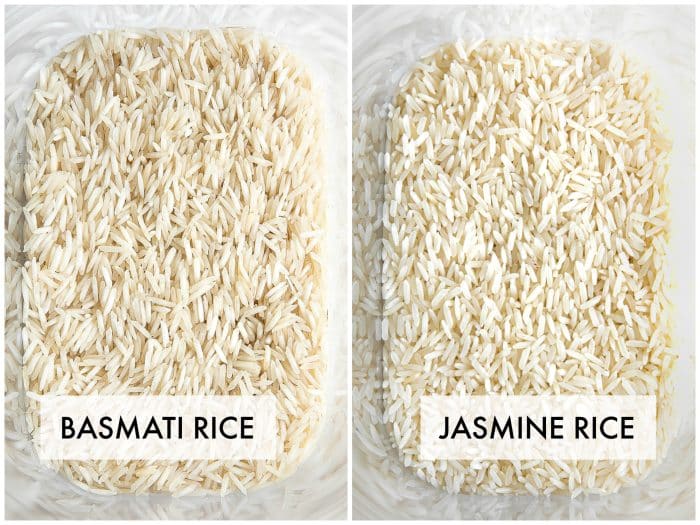

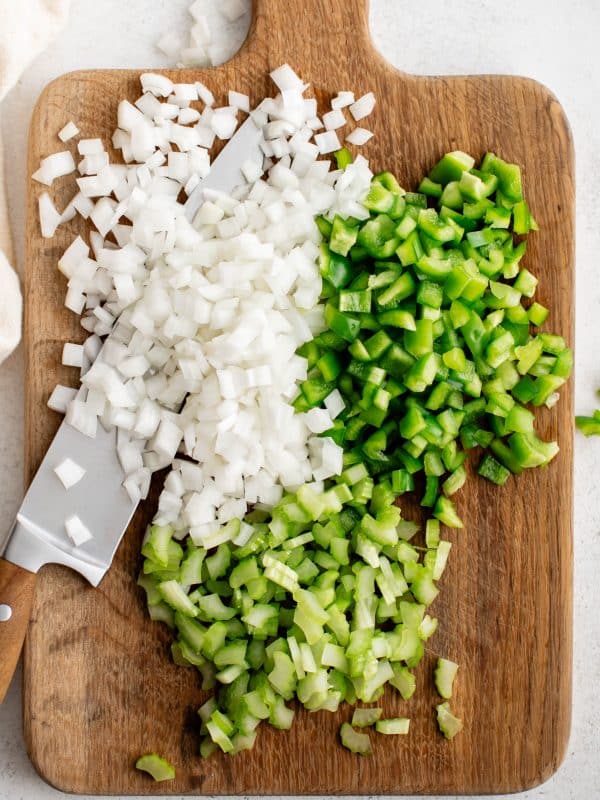
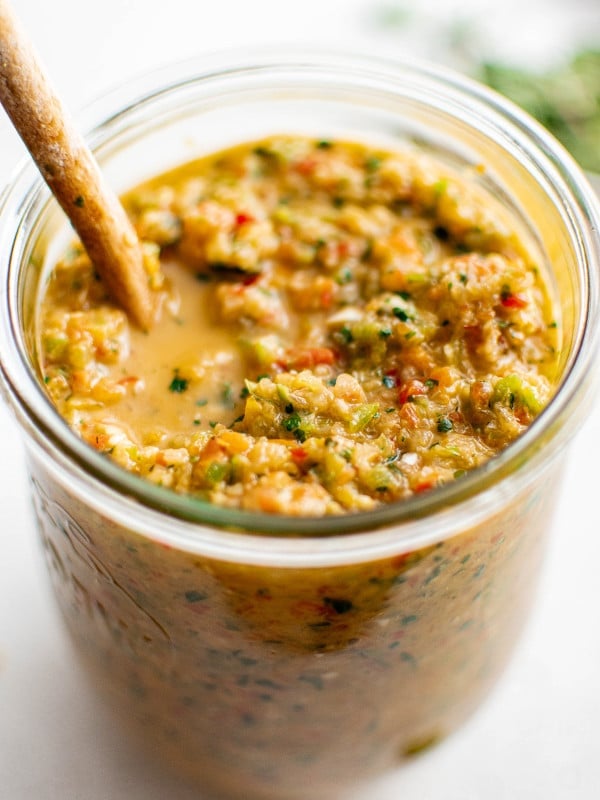

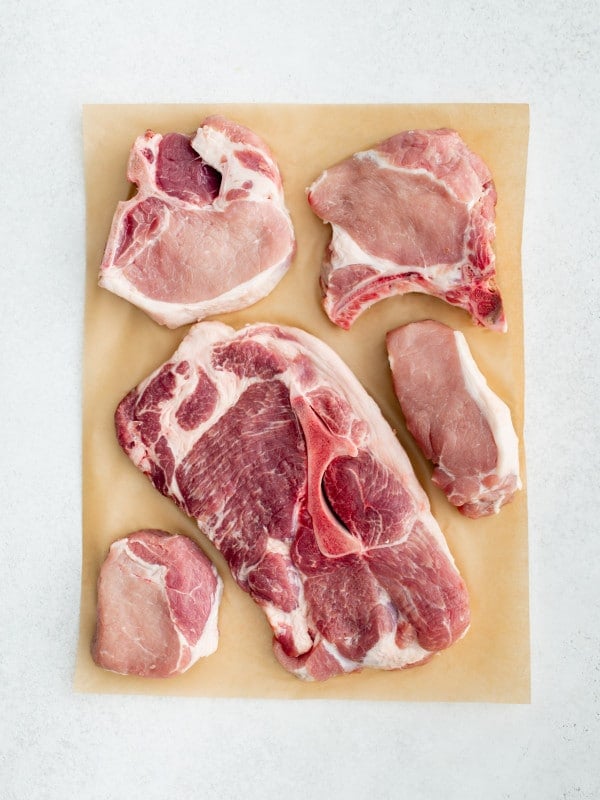








Respected Jassica Good Evening. I have read the full article and appreciate your article with a comprehensive information. I want to add two things one is the Basmati type or product is an outcome of soil, climate and genects I.e its an interaction of three above factors. The other thing is Basmati is that kind of rice having unique Basmati aroma, mouth feel and taste. The variety Super Basmati of Punjab Pakistan origin has no match in the world. Thanks and regards.
मुझे पसन्द है बासमती चावल